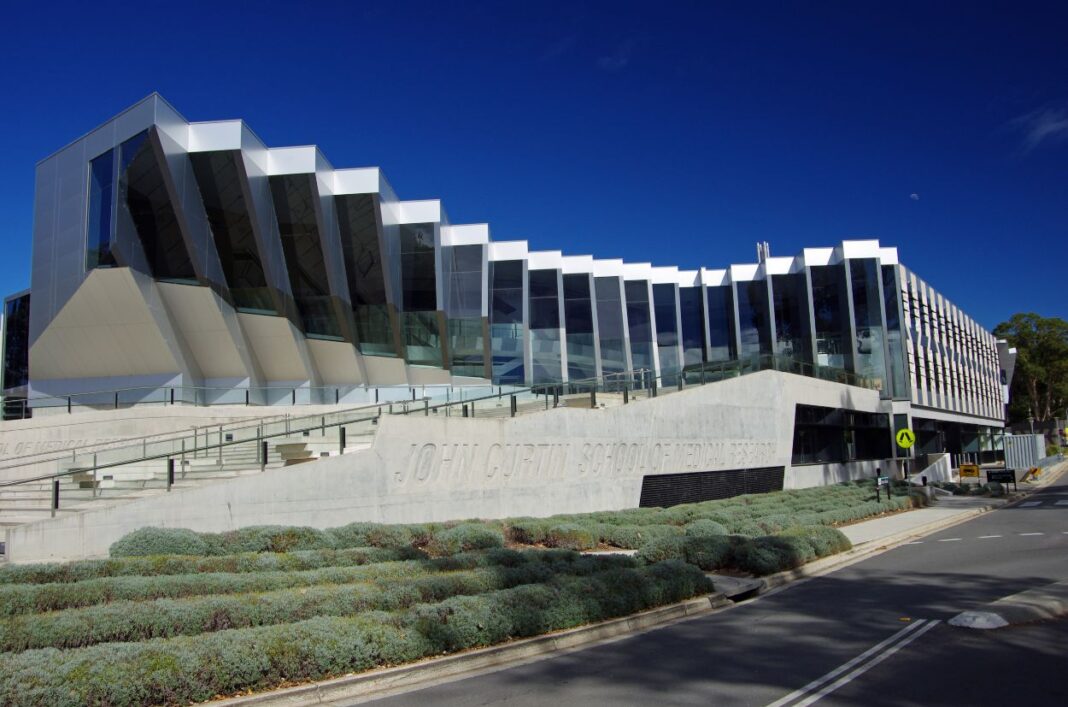A collaboration between the Australian National University and its Australian Pacific Security College (APSC) has developed an interactive map tracking COVID-19 responses and statistics through the Pacific.
Drawing resources from ANU CartoGIS and its Department of Pacific Affairs, the map was created to represent the successful pandemic responses by countries in the region.
APSC director, Professor Meg Keen, said the map, which was specifically made for Pacific Island governments, showed quick action was the key to low numbers.
“It’s undoubted they locked down early and didn’t muck around. As early as March they locked down their borders,” she said.
“Those who did have cases had small numbers. Somewhere like Fiji had 18 cases but acted quickly to bring it under control.
“Their success was a result of really quick action because they knew their vulnerability and the pressure that would have been placed on their health system.”
The map was created after a call for the information to be easily accessed in one area but started as a matrix before being created into a visual.
Professor Keen said the resource was also showing beneficial to those who offer public education, such as the media, as well as donors who engage in the area.
The map delivers information via a key in each region, including if there are any active cases of the virus, travel restrictions, the status of schools and if a state of emergency had been called.
Professor Keen said the group had also created commentary on vital information in some regions.
“We decided to include five key pieces of information straight away, then we added the commentary for those who need to be briefed on the information quickly,” she said.
The APSC was set up at ANU to service the needs of those in the Pacific region and works closely with governments and donors in those areas.
Head of the Department of Pacific Affairs, Nicole Haley, said she hoped the map would act as a resource for sharing information on the area, which had lacked media attention in comparison to the USA, Europe and Asia.
“With events unfolding at such a rapid pace, it is more important than ever we contextualise the data that is being circulated with an informed view,” Ms Haley said.
“This map and analysis comes from researchers and scholars who are on the ground, observing and analysing government responses and their impact on communities in the region in human terms.”
The map is believed to be the first of its kind and can be accessed online.



